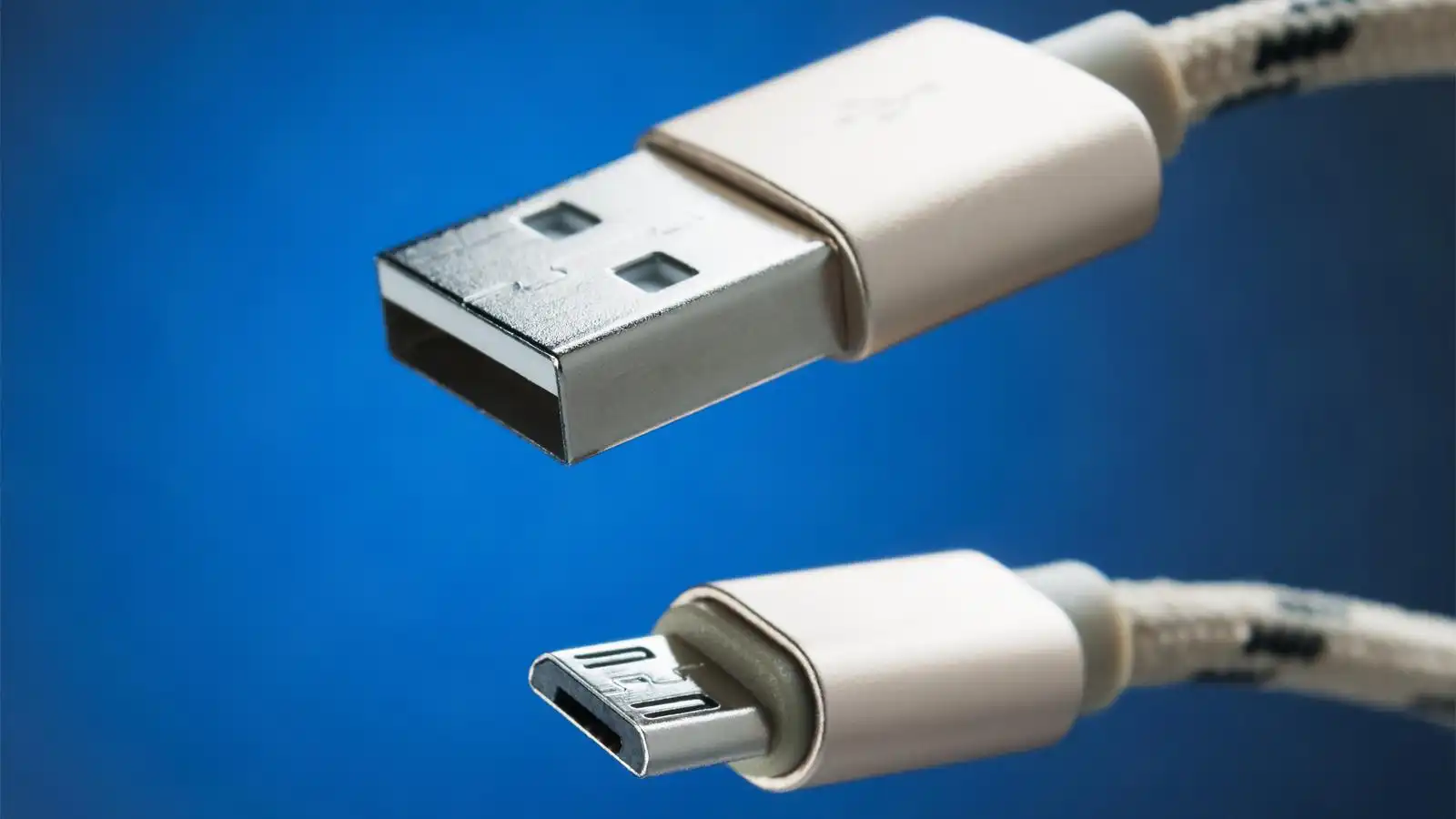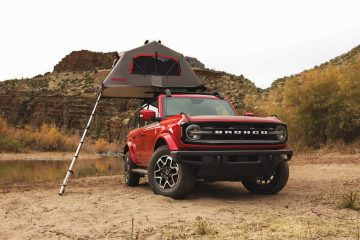Fast charging has changed your use of electronics since it helps you power up your phones, tablets, and other devices much faster. Though many devices still run on the more antiquated micro-USB interface, USB-C is usually praised as the best option for fast charging.
This article will assist with the optimum method of charging from a micro-USB cable. All the information you require regarding rapid charging with Micro-USB Cables is provided here.
What is Fast Charging?
Fast charging shortens the charging time for your smartphone relative to more traditional approaches. The ability of your device to gather that electricity and the power output (in watts) of the charger define two main factors of the charging speed.
Mostly referred to as “fast charging,” any kind of charging generates a current of more than 5 watts (5V/1A). Faster charging of your gadget will come from a higher-wattage charger.
Fast Charging Using Micro-USB
Though USB-C is fast becoming ubiquitous, most mobile devices—including Android tablets and smartphones—still heavily rely on micro-USB cords for data transfer and charging. Although fast charging with micro-USB cables is theoretically possible, compared to more modern USB standards there are certain clear disadvantages.
Some devices and chargers that run micro-USB cables allow quick charging using up to 15 watts (5V/3A). These rates, nevertheless, depend on your having the correct cable, charger, and device compatibility.
Key Factors Affecting Fast Charging with Micro-USB
Whether or not your micro-USB cable can support fast charging depends on several things:
1. Cable Quality
Every micro-USB cable is not the same. The wire’s basic architecture, material quality, and thickness all significantly influence charging speed. Thicker wires are used by high-quality cables to prevent overheating and later energy loss caused by heat. Select charging cords that have an American Wire Gauge (AWG) of 24 or less.
2. Charger Output
The charger you choose is critical if you value rapid charging for your device. Using a charger with a minimum output of 10 watts (5V/2A), charge your gadget as fast as you can via a micro-USB cord. Your charger can provide higher wattages if your smartphone qualifies for fast-charging technology like Quick Charge.
3. Device Compatibility
Every gadget cannot be fast-charged. Among the quick-charging standards your tablet or smartphone should accept are Qualcomm Quick Charge, Samsung Adaptive Fast Charging, or Pump Express.
Find out if your gadget can charge quickly and, if so, which standard it utilizes by looking at its specs. The efficiency of a Micro-USB connection may be diminished if a device just supports rapid charging over USB-C.
4. Battery Capacity and Health
The rate of charging is heavily dependent on the battery’s capacity and condition. Even with rapid charging, a larger battery will always take more time to charge. Moreover, as batteries age their capacity to charge quickly drops. The age or condition of the battery of your device could influence the charging speed even with the best adapter and connection.
5. Environmental Factors
Charging rates are sensitive to temperature. Should the temperature be either high or low, charging could take extra time. As a safety precaution, the gadget will slow down or cease charging entirely should it detect too high or too low temperatures.
How to Achieve the Fastest Charging Speeds with Micro-USB
Here are steps you should follow to maximize your micro-USB charging cable:
1. Use a Certified, High-Quality Cable
Get a top-notch micro-USB cable authorized by reputable organizations like USB-IF (USB Implementers Forum). For quick charging, these cables are perfect because of their great quality and exact manufacture.
2. Choose the Right Charger
Look for a charger with having rapid charging capacity and a minimum power output of 10 watts (5V/2A). If your smartphone supports it, maximize the higher wattages by using a charger compliant with Qualcomm Quick Charge or another fast-charging standard.
3. Keep Your Device Cool
Do not leave your device plugged in when it is really hot. To protect itself from overheating, your phone may reduce the charging pace. Take it somewhere cool and airy to charge it, and don’t put anything heavy or heat-retaining on it.
4. Avoid Using Your Device While Charging
Should you use your cellphone while it is charging, the process will take more time. The power your phone runs on as you use it can counter the charging input. To get the most out of your charging experience, switch to airplane mode or power off your smartphone entirely.
5. Check Your Device’s Fast-Charging Capabilities
Before you choose a fast charger or cord, be sure you know the needs of your device. See whether it is compatible with Quick Charge or Pump Express, for instance, and whether it has micro-USB quick charging functionality.
Micro-USB Fast Charging Limitations
Although there are significant constraints to fast charging with Micro-USB, it is certainly possible:
Lower Maximum Power Output
In comparison to USB-C, the highest power outputs typically supported by micro-USB cables are lower. On the other hand, micro-USB is usually limited to 15 watts (5V/3A), but USB-C can manage 100 watts (20V/5A) or even more.
Durability Issues
Micro-USB connectors have less lifetime than USB-C connectors. Constant plugging and unplugging might create wear and tear that finally slows the charging pace.
Less Versatility
USB Power Delivery (USB-PD) and other subsequent fast-charging standards are only compatible with USB-C. Micro-USB does not support these standards. The most rapid charging methods now available may not be fully accessible to you because of this.
Is It Time to Switch to USB-C?
Should your device be older and run a micro-USB connection, you could be wondering if switching to a USB-C model is worth it. Among the advantages USB-C offers over micro-USB are faster charging speeds, improved durability, and fit with more fast-charging standards. Additionally, you can connect it to either USB-C so you never have to worry about which direction the port is pointing.
With high-quality cables and appropriate chargers, you can still obtain decent fast charging speeds with micro-USB, so there’s no need to change your device just yet. The general performance can fall short of what USB-C offers, so bear that in mind.
Maximize Fast Charging with Micro-USB
Although micro-USB lacks complexity relative to USB-C, with the right setup fast charging is still possible. Using a premium cable, a compatible charger, and keeping the battery life of your device will help you optimize the advantages of fast charging with micro-USB.
Moving to USB-C could be a good idea in the future for improved charging performance and more adaptability, though, because technology is always improving.
Explore a world of inspiration at Creative Released—the knowledge hub you’ve been looking for!



